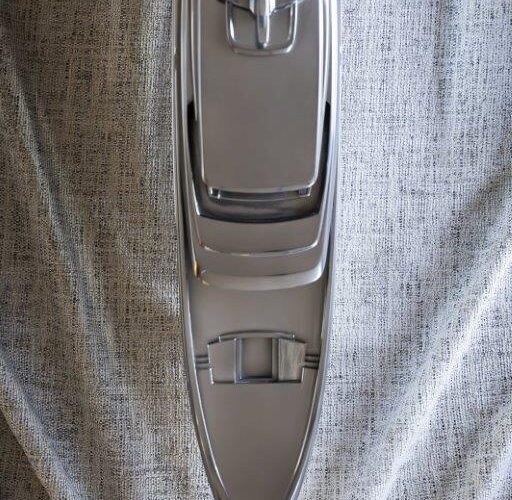Tango is the fourth example of the Wallycento box rule to splash after Open Season, Galateia and Magic Carpet 3.
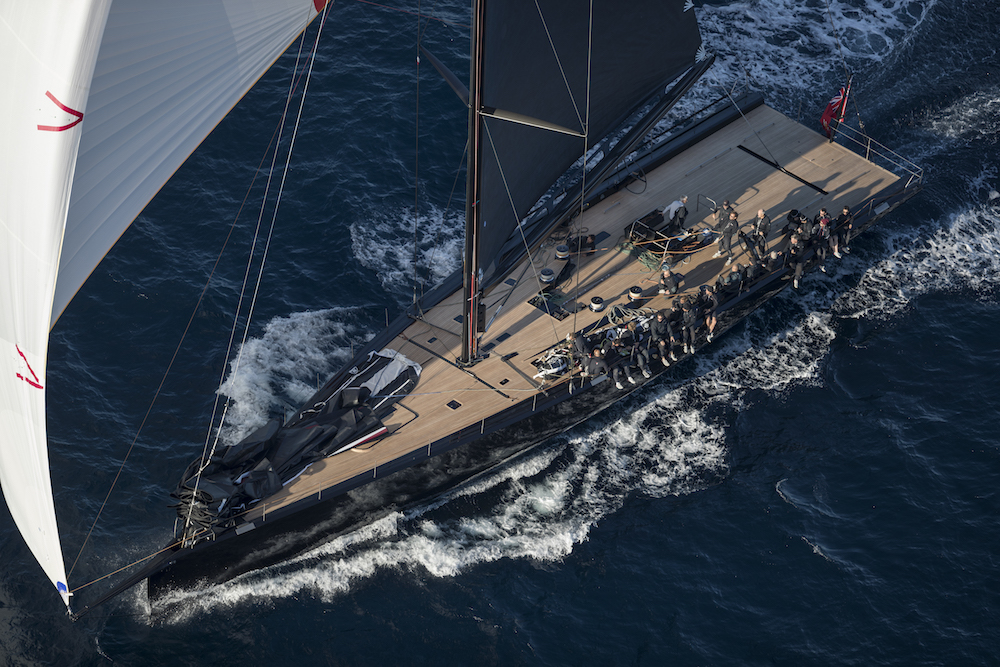
This powerful 30-metre has a 7.2-metre beam and can spread 640 square metres of sail upwind. That goes all the way to 1,398 square metres on a reach. Said sail plan is hoisted aloft too on a stunning carbon mast made by Southern Spars which towers 45 metres above the main deck.
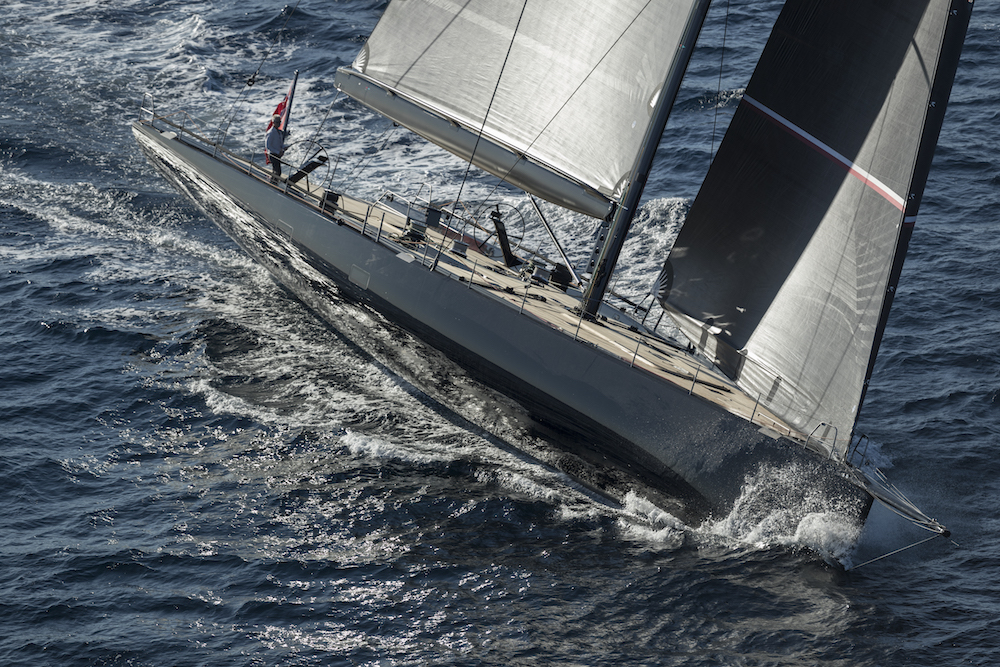
Below the latter lie four cabins including the master plus a further crew cabin. But venture beyond the cold logic of facts and figures, and it soon becomes clear that Tango has much more to reveal. Her design process alone is worth lingering on.
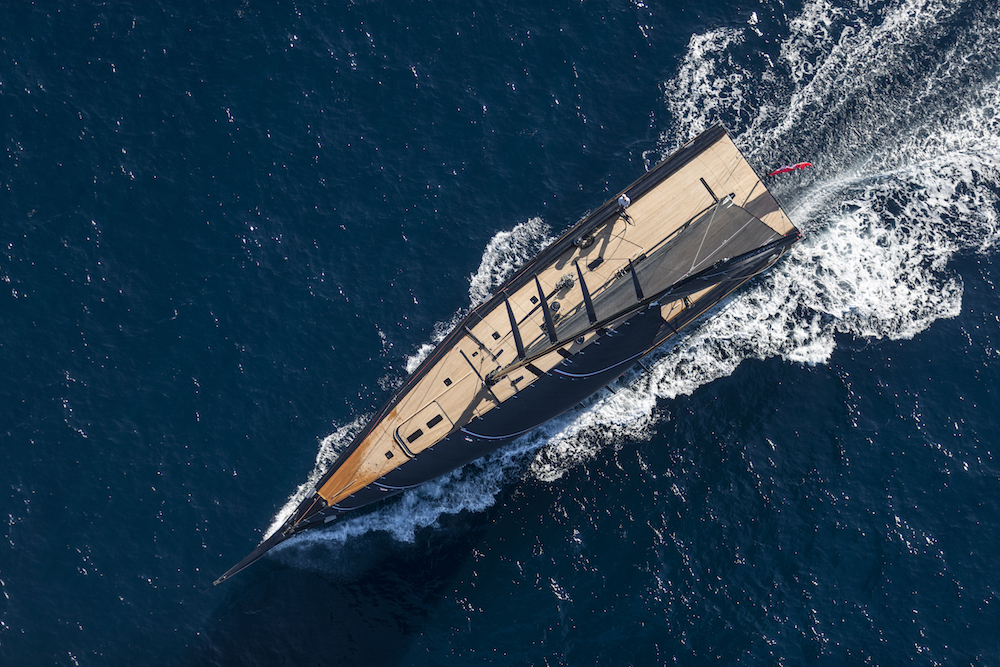
The latest born of the Wallycento class is, after all, the product of a real dream team effort driven by Luca Bassani. He did not stint, calling in Mills Design to do the naval architecture, the legendary Pininfarina to style the interiors, Persico Marine for the build and MYT to project manage.
This brought together a group of individuals and companies with a seriously impressive skillset which, when poured into the Tango project, quickly proved invaluable in creating a genuinely fresh, unique new addition to the sailing scene.
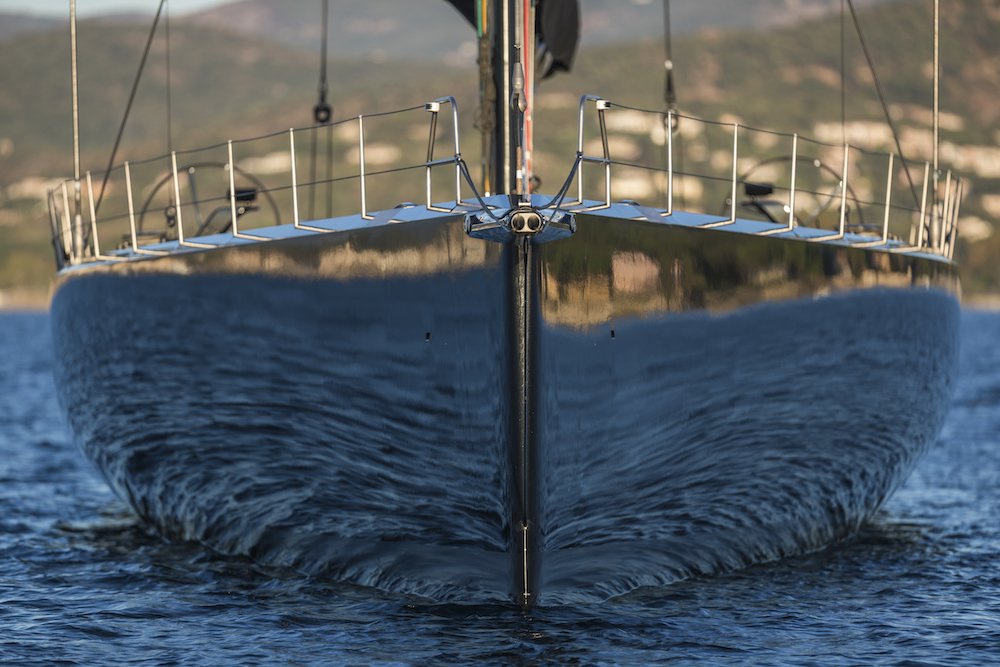
Although she does, of course, comply with the Wallycento box rule, the new 30-metre also introduces some pretty major innovations, particularly on a conceptual plane. “What sets Tango apart,” says Wally founder and chairman Luca Bassani, “is her deck design which is reminiscent of larger craft of the likes of Esense.
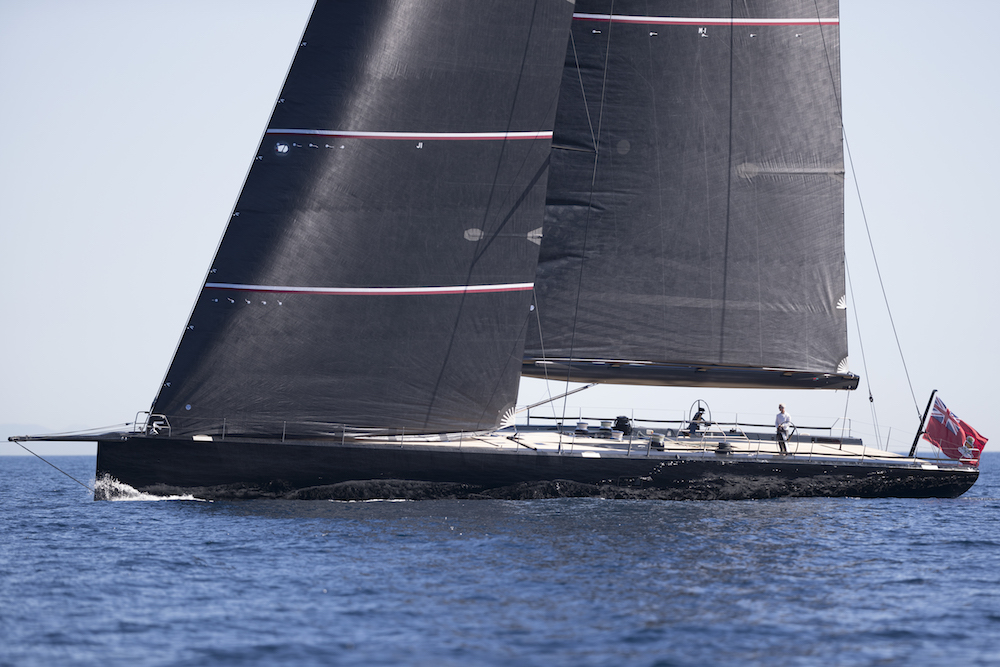
We started out from the idea of designing a completely flush-deck surface that would be like an enormous cockpit and could be configured at will to suit changing circumstances.”
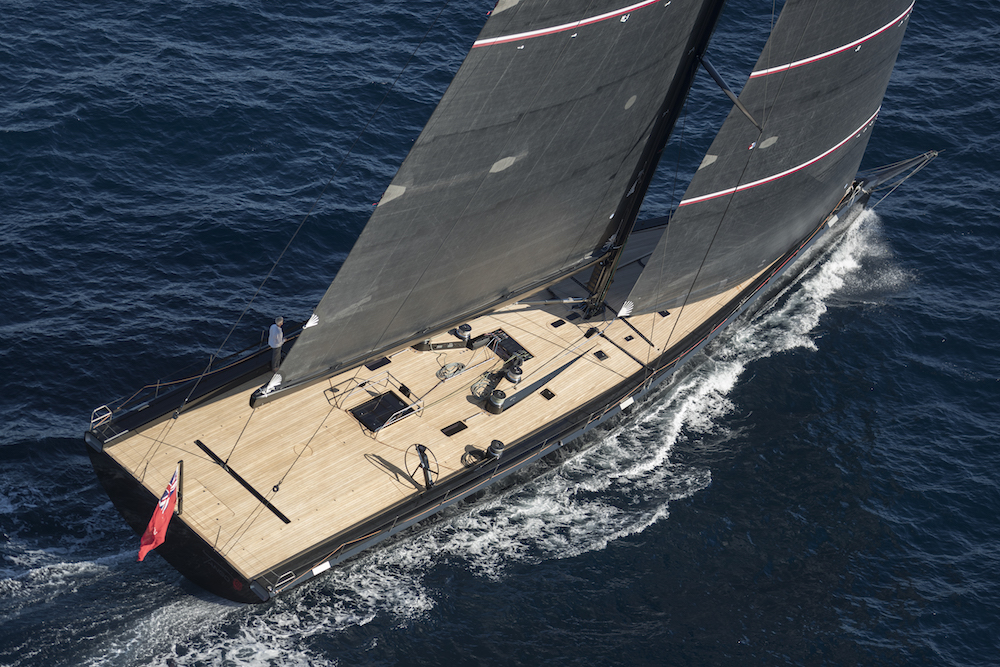
A solution that aesthetically enhances the purity and grace of Tango’s exterior lines and, on a practical level, is massively advantageous in racing configuration because it allows the crew to move about in an obstacle-free space as they do their job of coaxing the most efficient possible performance out of this willing beauty.
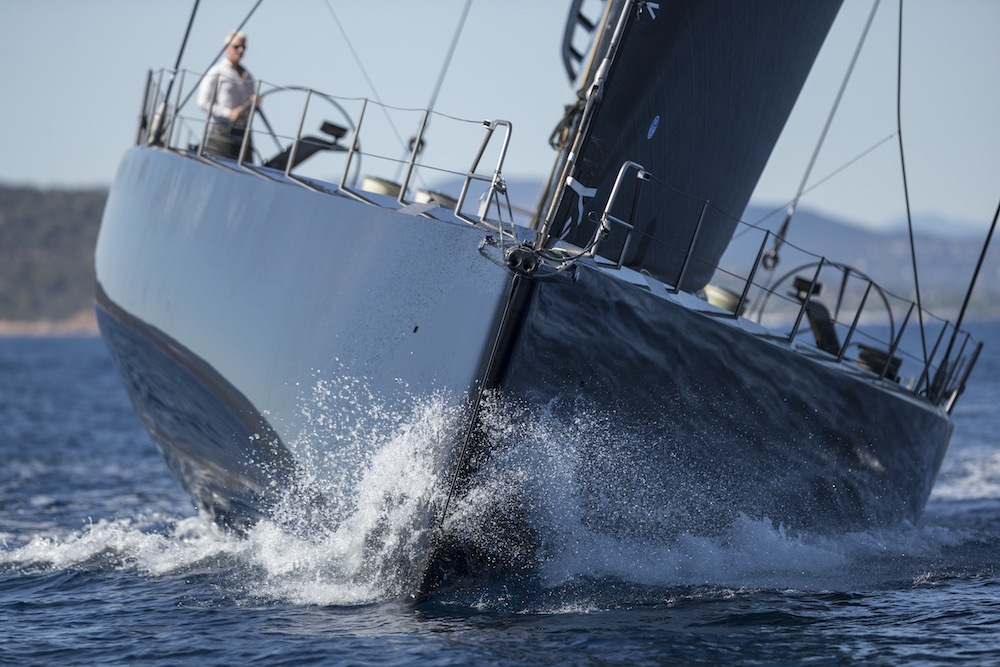
Functionality is a major factor in the interiors too, however. “The below decks spaces are designed to concentrate weight amidships. This is the first time also that we have created three separate technical areas, one for the engine and generator, one for the hydraulic plant and the last for the electronics.
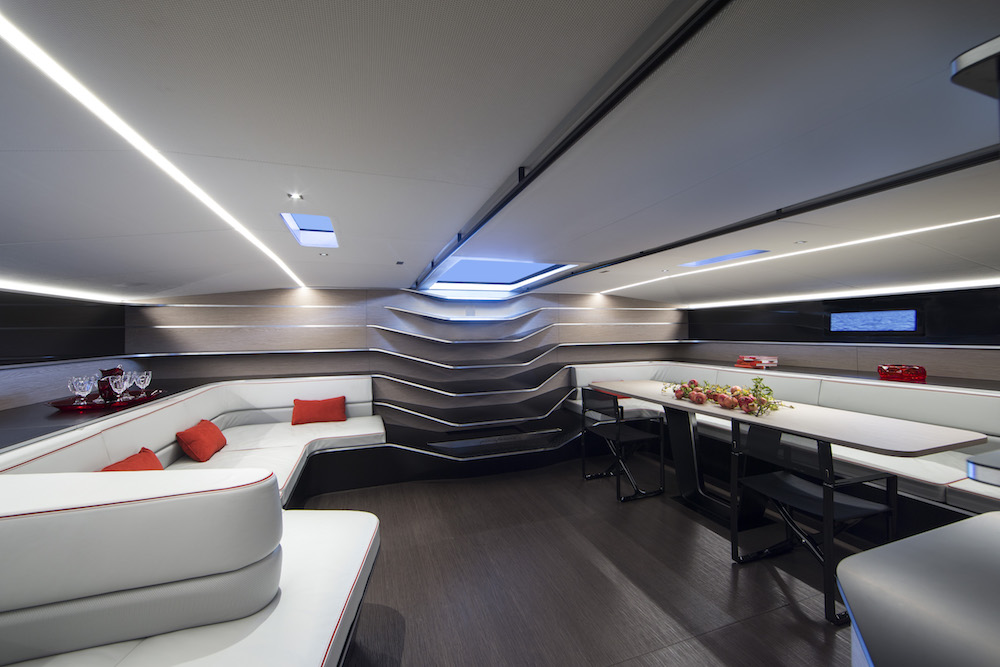
We did this because we need to guarantee they would all be more efficient to avoid, for instance, heat from the engine room affecting the electronics and onboard systems,” continues Bassani.
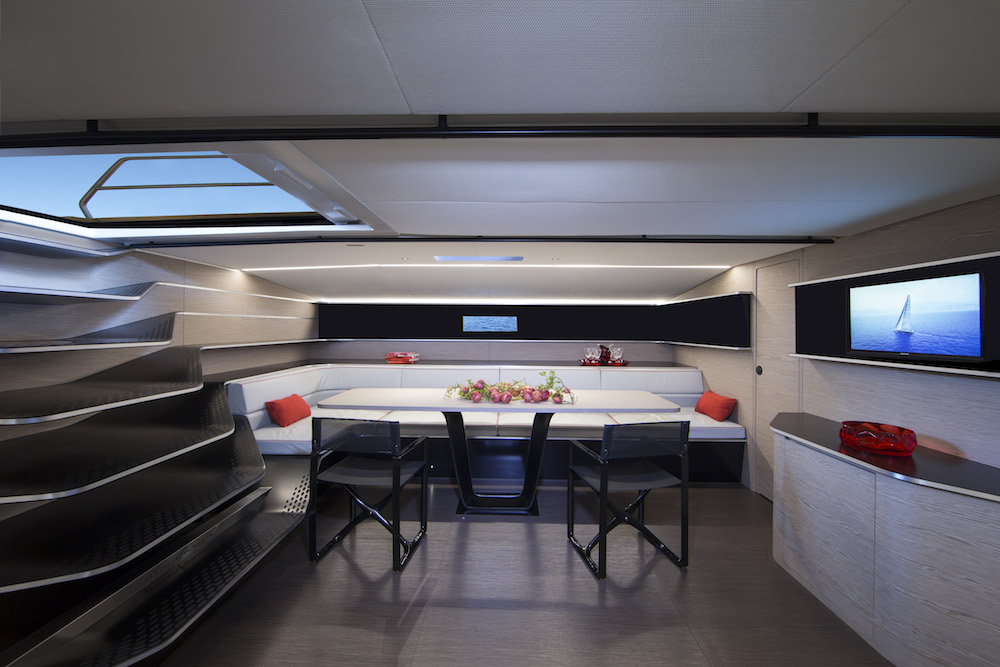
There is plenty more that is new in the sleeping quarters as well. “By reducing the floor space in Tango’s cabins, we were able to give them more generous bathrooms and beds. That significantly improves guest quality of life and comfort below decks too,” adds Bassani. For this and more, Wally counted on Pininfarina’s clever styling. The car design wizards developed an interior look that raises the whole form/function marriage to a new level.
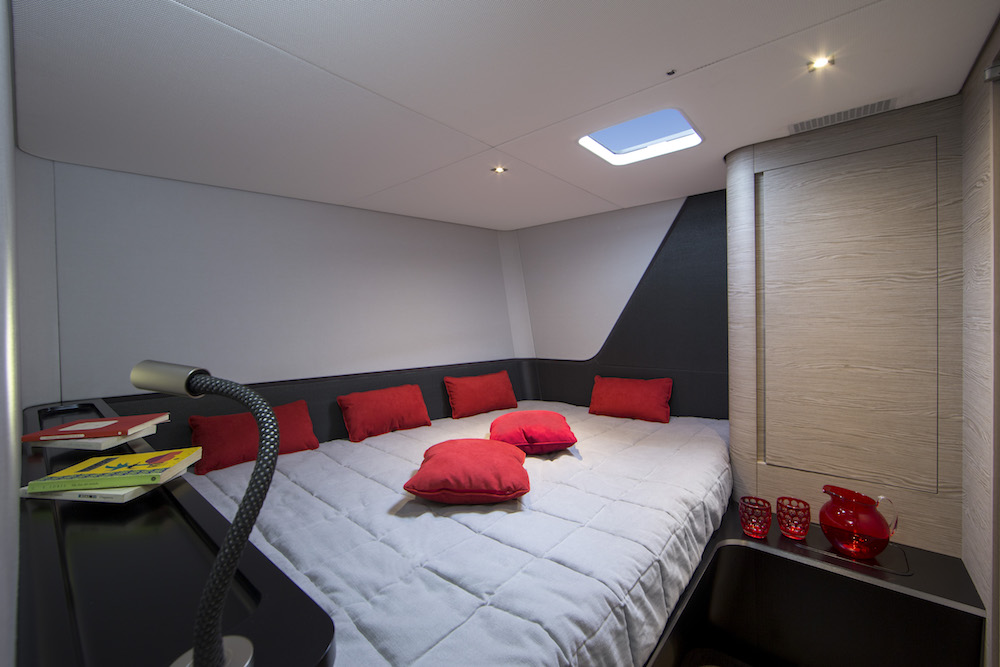
Persico Marine provided invaluable input too, thanks in great part to its automotive experience, although its recently-acquired expertise from the America’s Cup and the Volvo Ocean Race did not hurt either.
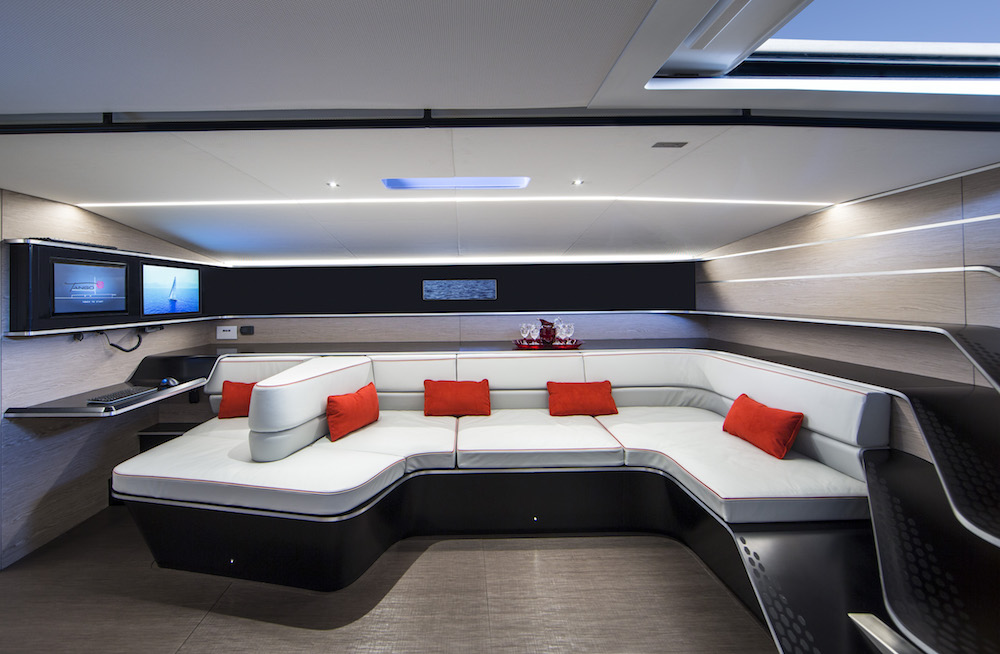
The interiors are thus the result of some very complex engineering aimed at keeping weight to a minimum without comprising the styling in the least. Form and function are brilliantly interwoven in the materials used. Cool, spartan carbon features in many elements but its severity is offset with pale woods and leathers.
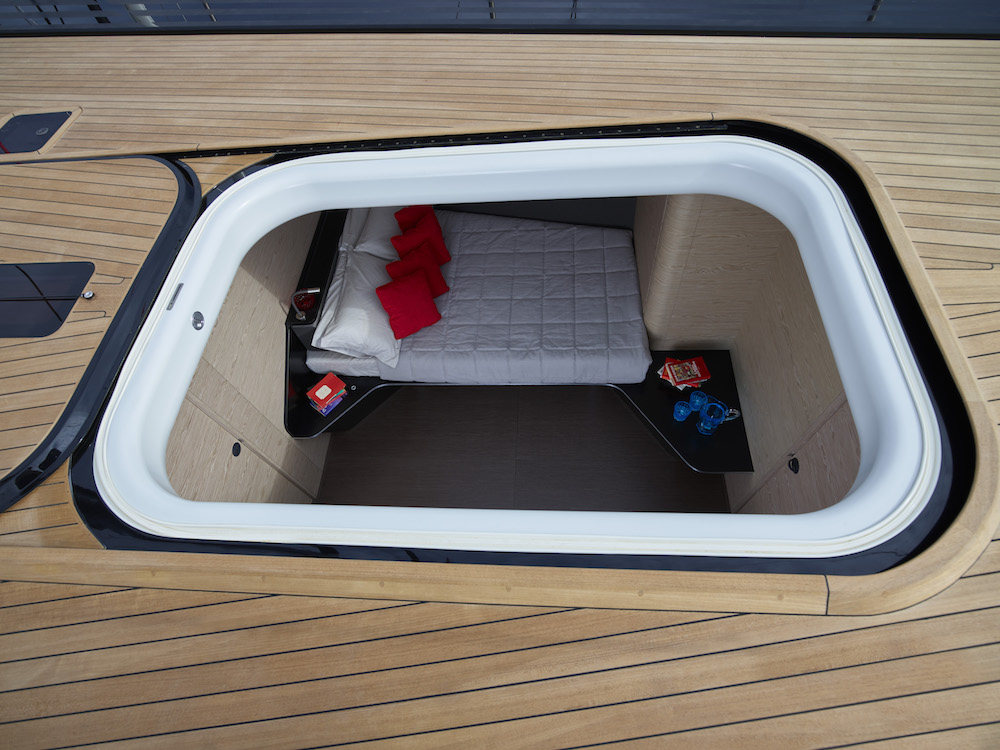
The saloon is a case in point. Here floating carbon steps not only connect deck and saloon but also extend out along the walls into shelving. Even the way they are angled is a design feature in its own right. “Tango set us a real challenge: to be innovative in a dream team of innovators. Starting with Wally, an icon when it comes to designing the future of yachts,” declared Group chairman Paolo Pininfarina.
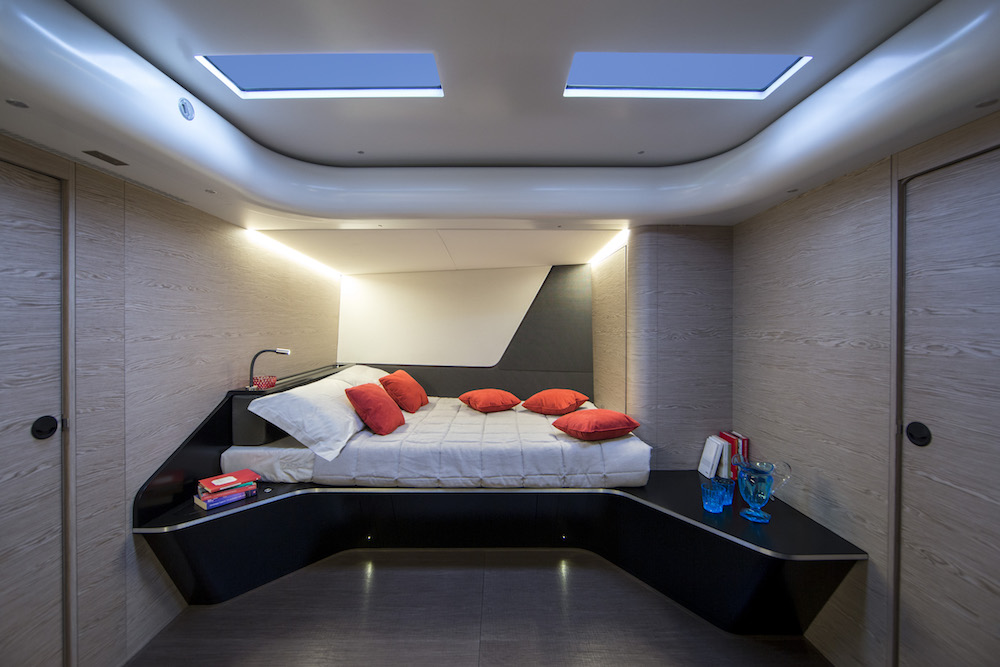
A future that we are certain will hold more than a few more surprises if Luca Bassani’s past performance is anything to go by!






